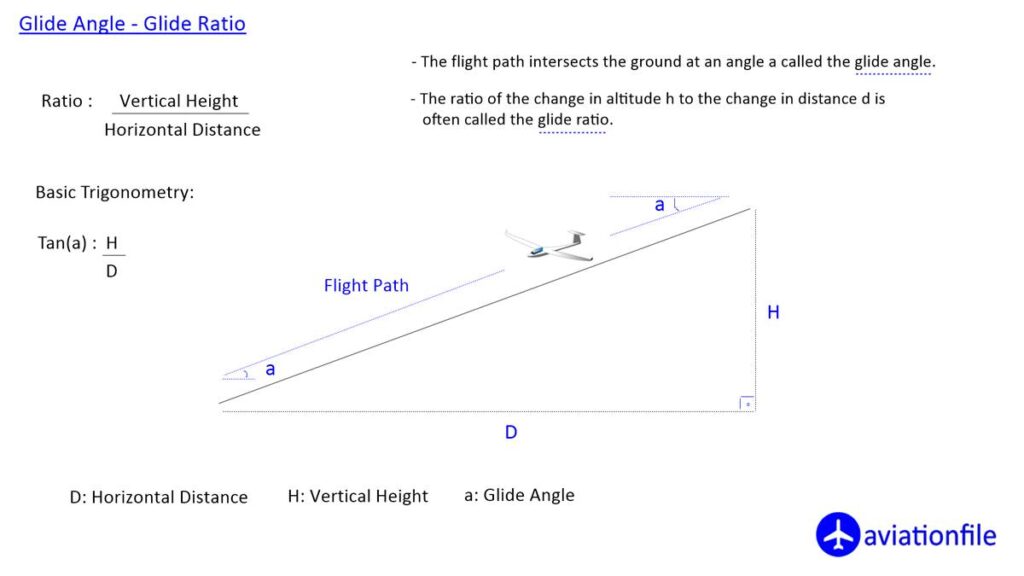What if the Glide Path signal is unstable?
If the glide path signal is unstable, it means that the aircraft is not receiving a reliable signal from the ground station. This can happen for a number of reasons, such as:
- The ground station is not transmitting a signal.
- The aircraft’s receiver is not picking up the signal.
- The signal is being blocked by terrain or other objects.
When the glide path signal is unstable, the aircraft will not be able to maintain a constant descent angle, which can lead to an unstable approach. This can increase the risk of a hard landing or even a runway overrun.

If the pilot encounters an unstable glide path signal, they should take the following steps:
- Advise ATC of the situation.
- Visually reference the runway and maintain a constant descent angle.
- Be prepared to go around if necessary.
In some cases, the pilot may be able to continue the approach using the visual glide path. This is the line of sight from the aircraft to the runway, which is usually visible to the pilot. However, the visual glide path may not be as accurate as the ILS glide path, so the pilot should be careful.
If the pilot is unable to maintain a safe approach, they should go around. This means aborting the landing and circling back to try again. Going around is always the safest option when the approach is not stabilized.
Here are some additional tips for pilots flying in conditions with unstable glide path signals:
- Use flight director or autopilot, if available. These devices can help the pilot maintain a constant descent angle.
- Fly at a higher altitude until the signal is stable. This will give the pilot more time to react if the signal becomes unstable again.
- Be aware of the weather conditions. Glide path signals are more likely to be unstable in windy or rainy conditions.
By following these tips, pilots can help to ensure a safe approach even in conditions with unstable glide path signals.
References:
https://en.wikipedia.org/wiki/Critical_area_(aeronautics)
https://skybrary.aero/articles/ils-signal-protections
https://studylib.net/doc/8196816/determination-of-ils-critical-and-sensitive-areas–a


